Caucasian Ovcharka vs Tibetan Mastiff: In Search for the Right Dog
Thinking about trying another dog breed as a new family addition? The Caucasian Ovcharka and the Tibetan Mastiff might be on top of your list! They have appealing similarities which can make decision-making more challenging. Both dogs are highly protective and loyal to their family, and due to their strong personalities, only experienced owners should sign up for either one of them.
Both dogs are great for farm work during the day and would seek warm cuddles by the fireplace at night. To know more about these two wonderful breeds, let’s dive into their full details!
Table of Contents
Breed Origins
Caucasian Ovcharka
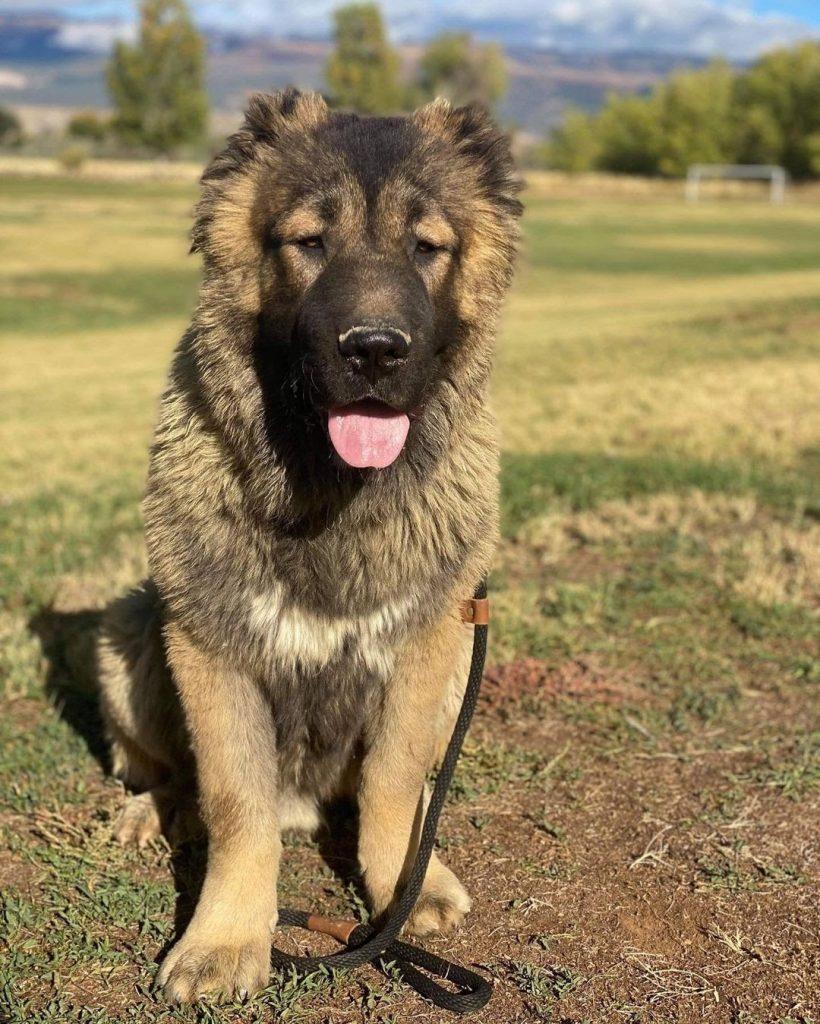

It is estimated that the Caucasian Ovcharka or also known as Kawkasky Owtscharka, Caucasian Sheepdog, and Kaukasische Schäferhund, is a Molosser that has existed for 2,000 years already. He was first seen in the Caucasus region particularly Armenia, Georgia, Dagestan, and Azerbaijan.
He presumably descends from a large breed of dog and the Tibetan Mastiff, hence the similarity in his appearance with the Tibetan dog.
He was originally bred to protect the flock from lurking predators including thieves as well as guarantee the safety of his master. He was a primary choice as military personnel in Eastern Europe due to his strong sense of protection and alertness. Even though his history and nature made him a tough dog, he is gradually making his way to several families in the US. Undoubtedly, he’s also capable of giving love to people.
Tibetan Mastiff
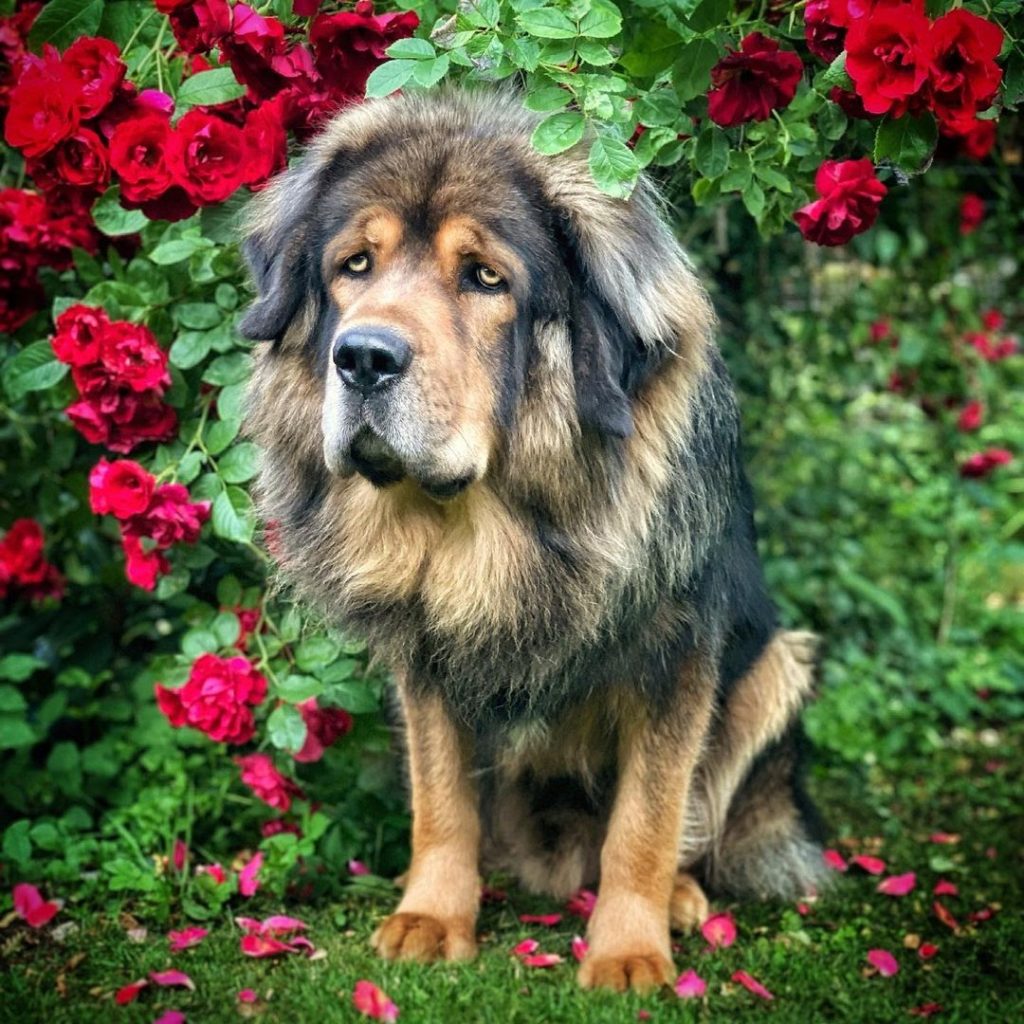

The Tibetan Mastiff was originally a guarding and herding dog who used to assist the nomads of various peoples like those from Tibet and India. In Tibetan Monasteries, he was more of a watchdog due to the place being usually secluded.
The dog is a distinct breed that also helped in flock work in the high altitudes of the Tibetan Plateaus and the Himalayas. In the early 20th century, George, the Prince of Wales introduced a pair of Tibetan Mastiffs. Enough of the breed was available throughout England in 1906 and they were shown in the Crystal Palace Show. Unfortunately, when wars happened, breeders lost focus on multiplying this dog and the Tibetan Mastiff was almost gone in England.
It was then by 1980 when the breed gained back its popularity. Despite it being perceived as uncommon, breeders have bred enough Tibetan Mastiffs which led to them being finally recognized by kennel clubs.
Size, Appearance, & Coloring
Caucasian Ovcharka
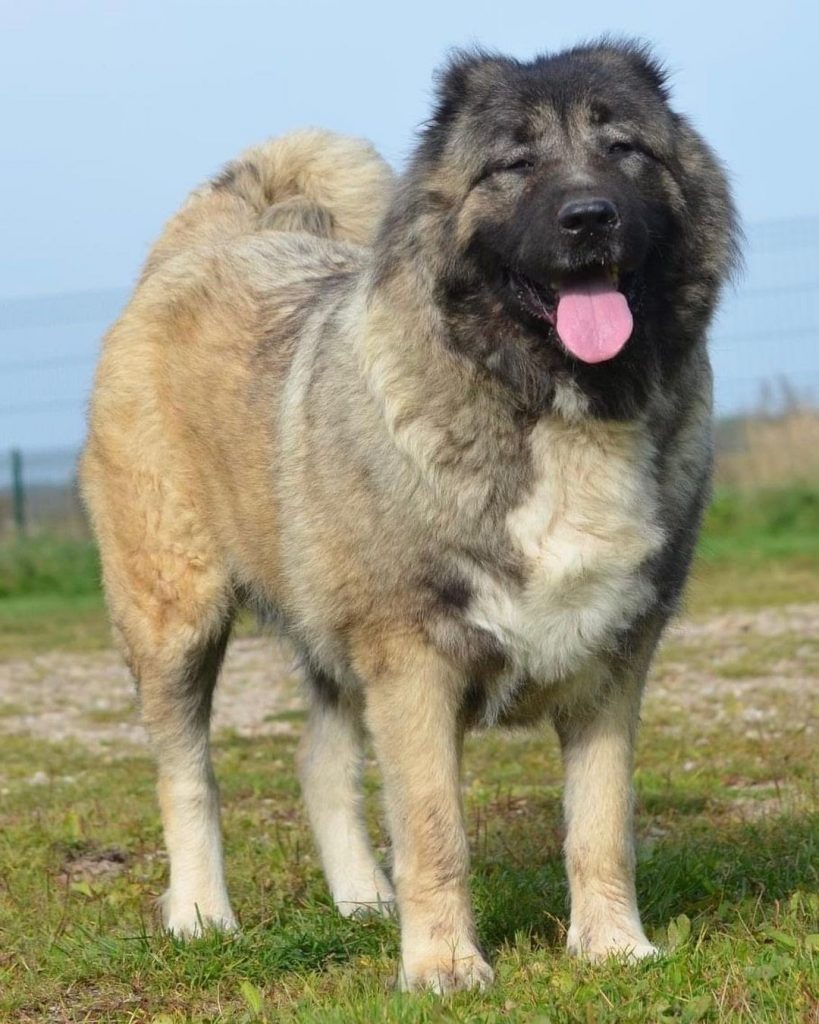

The build of the Caucasian Sheepdog is well-proportioned, impressive, and strong. With a height of 23-30 inches and a mass ranging from 99-170 pounds, anyone would easily find him menacing. He has a set of brown eyes that are enticing, contrasting his commonly darker shades of the coat.
When a puppy transitions into an adult, that’s when the coat length varies. This purely depends on the dog’s parents. Those who have long hair will develop a mane around their necks. A feathering on areas of their legs and tail will also be present. Colors of coat can include:
- Black
- Fawn
- Cream
- Gray
- Red
- White
- Black & gray
Additionally, the dog has a large head, loose ears, and thick legs. A dog with imposing looks, worthy of respect.
Tibetan Mastiff
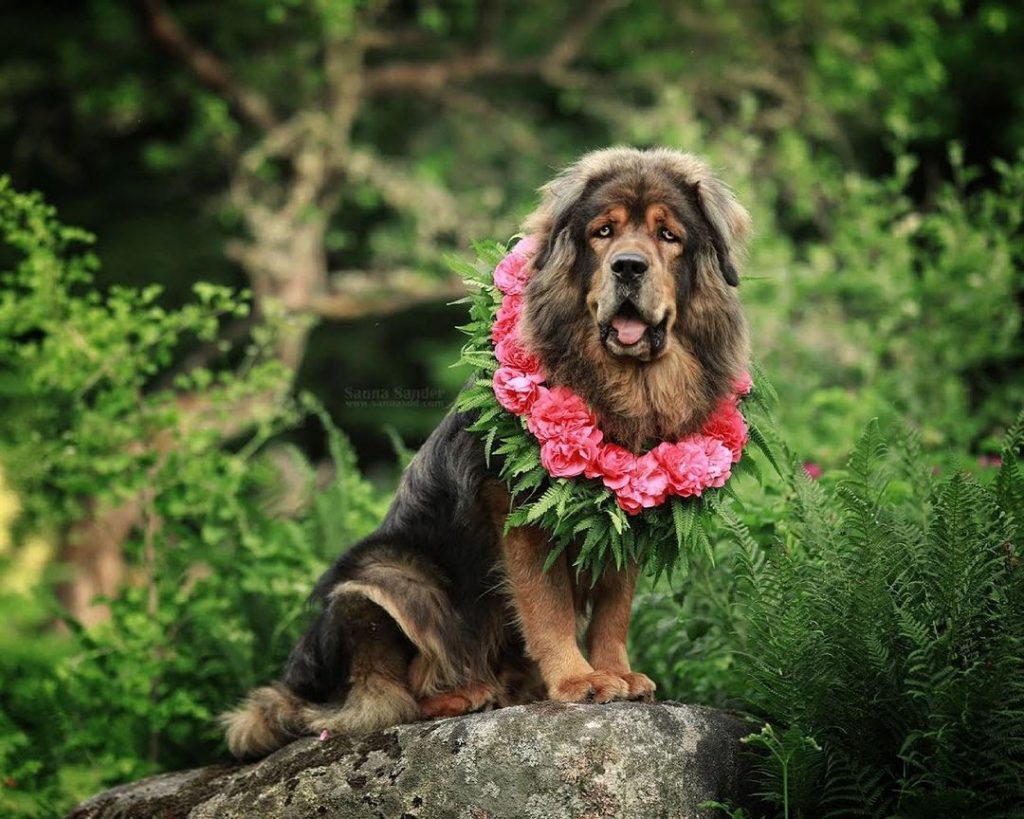

Considered to be a primitive breed, the Tibetan Mastiff has a look of hardiness implying he can assuredly survive in places like Tibet, Nepal, and the high-altitude of the Himalayan range. While in the US, the Tibetan Mastiff is shown under one standard look, the Indian breed standard has two varieties which are:
- Lion head (long hair from forehead to shoulders)
- Tiger head (larger, shorter hair)
All Tibetan Mastiffs have a dignified look, gentle in the eyes, but strong in giving an impression. He has brown deep-set eyes, a strong jaw, a square muzzle, while the mane is rough and bushy. He stands tall for about 24-26 inches or more and weighs 70-150 pounds, ideally. The tail curls to its back and it has to be feathery and dense.
His double coat is long and it can sport various colors such as:
- Solid black
- Black & tan
- Various shades of red
- Bluish gray
Temperament
Caucasian Ovcharka
It is in the Caucasian Ovcharka’s DNA to always protect. So, while he is indeed loyal and affectionate, owners must still commit to training him to mellow down his territorial instinct. A young Caucasain Sheepdog who has been socialized should also be able to understand certain commands. This helps maintain order inside or outside your home.
He’s sweet and fond of kids and other animals. He’s also labeled as a generally calm dog making him suitable for small homes and apartments. He loves to be around his owner as much as he can and nothing is better than falling asleep while cuddling with his favorite person.
Tibetan Mastiff
Scent-marking, barking, and other flock-guarding tactics are used by the Tibetan Mastiff to ensure the safety of all animals he herds. These act as a way to warn off predators and to prevent confrontations. It is like he’s sending uninvited guests the message and letting them know of his mighty presence.
As a domestic pet, the Tibetan Mastiff can do well in a home with a fenced yard where he can play and explore his environment. He’s not at all times the best candidate for an apartment-style living unless the owner takes him out regularly and the place is spacious enough to accommodate him.
Thanks to the intense effort of developing this breed, the Tibetan Mastiff continues to be excellent at guarding his home. He’s nocturnal and this makes him a dependable dog to guard your family against intruders during the night. As a puppy, he needs to undergo consistent socialization, obedience training, and more to hone him into a well-behaved buddy.
Exercise Needs
Caucasian Ovcharka
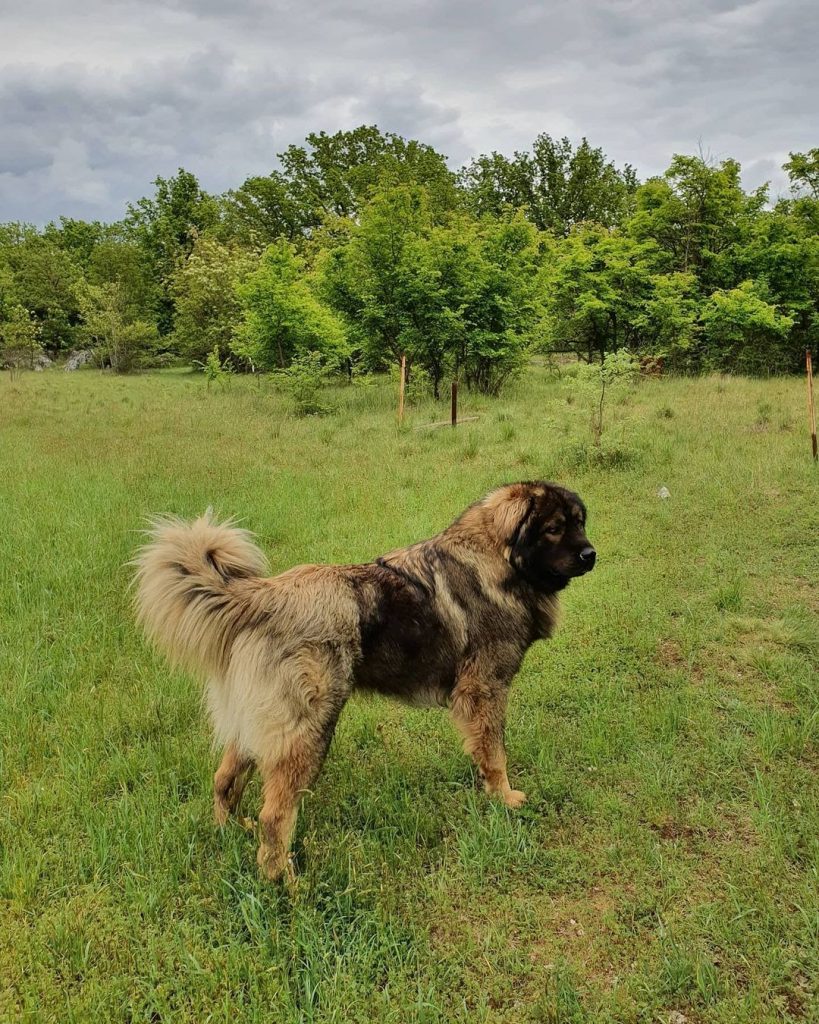

Quiet and not rambunctious. Such traits also reflect his levels of energy. The Caucasian Ovcharka would need to move regularly, but try not to subject him to intense workouts. Two 20-minutes sessions a day will be enough for this dog. You can play a tug-of-war with him using a sturdy rope or let him fetch the ball you throw in a secure area.
Tibetan Mastiff
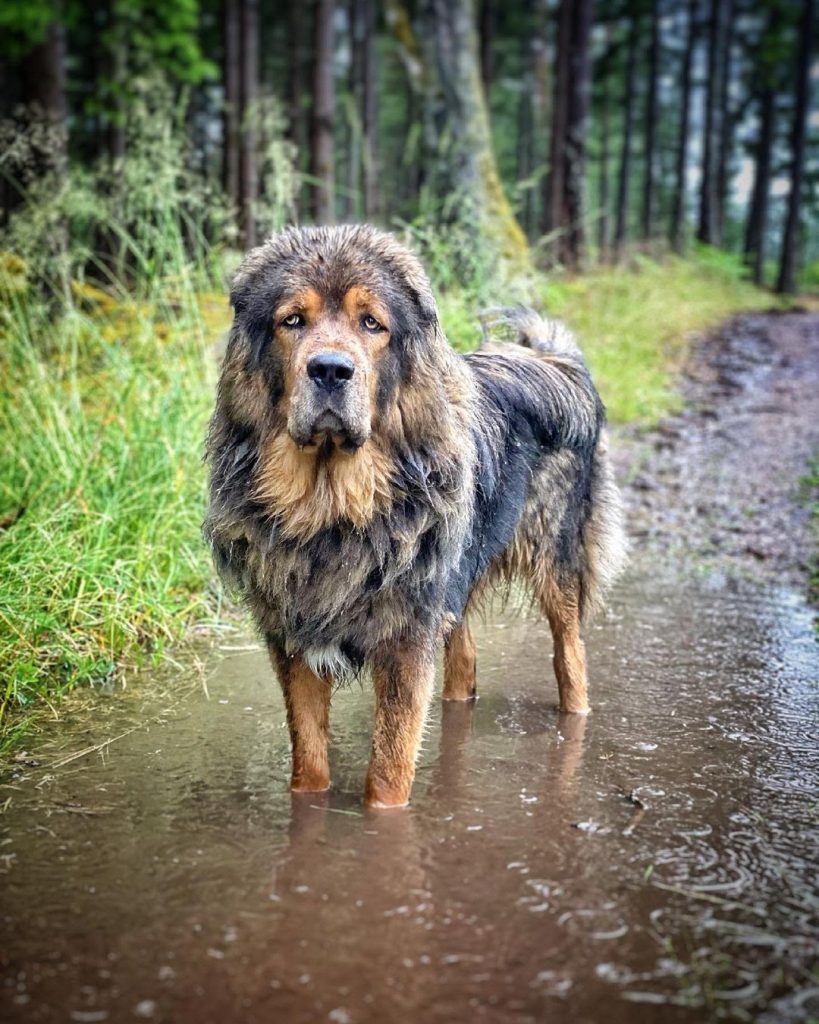

The Tibetan Mastiff might look fit and athletic, but this massive dog only has moderate levels of energy. A minimum of one hour each day to sweat off will suffice to keep him physically and mentally driven. You can incorporate training during these times to enhance his learning skills.
Divide the total targeted length of time into shorter periods. If ever you take him out for a walk, have him leashed or muzzled if necessary.
Grooming Requirements
Caucasian Ovcharka
Considering he has a double coat, the Caucasian dog would need frequent brushing every week to lessen the amount of accumulated loose hairs on his body. He continuously sheds at a moderate rate, so use a quality brush on him. He also blows off his coat heavily once a year, so the best thing to do is to brush and bathe him more often to speed up the process. If he’s a working dog, check certain areas like ears for any signs of concern.
Tibetan Mastiff
The whole coat of the Tibetan Mastiff is blown out once per year. This means he doesn’t constantly shed and grooming him is not an overwhelming and tedious task. To maintain the vibrancy and quality of his coat, you can spend some time brushing him weekly.
Give him a bath every 6 or 8 weeks or whenever he looks dirty or if he emits unpleasant smells. Always check his ears for infections, trim his overgrown nails, and brush his teeth for superb oral health.
Health Problems
Caucasian Ovcharka
Due to its large size, the Caucasian Ovcharka is susceptible to hip dysplasia. Other more medical conditions can strike his health such as:
- Cataracts
- Heart conditions
- Bloat obesity
Nevertheless, the breed is a generally healthy one.
Tibetan Mastiff
The Tibetan Mastiff breed has fewer genetic health issues compared to many breeds, but certain cases of hypothyroidism, eye problems, and distichiasis can be commonly found in him. Other more autoimmune diseases include:
- Demodex
- Addison’s disease
- Cushing’s disease
Breed Popularity
The American Kennel Club’s breed popularity ranking currently puts the following dog breeds in their respective orders out of 200 dog breeds:
Caucasian Ovcharka: Indefinite
Tibetan Mastiff: 131st
Which Breed Should I Get?
Since both breeds appear closely alike and almost have the same kind of temperament, looking at other areas such as exercise needs and grooming requirements might help you in weighing things out. The Caucasian Ovcharka has a lower minimum need to steam off while the Tibetan Mastiff has a lower maintenance need.
Create a checklist and determine your needs and lifestyle for an easier way of identifying which dog breed is best for you.
